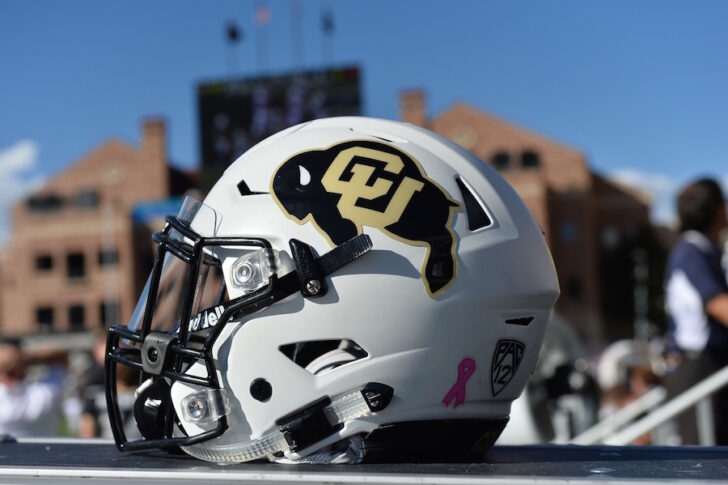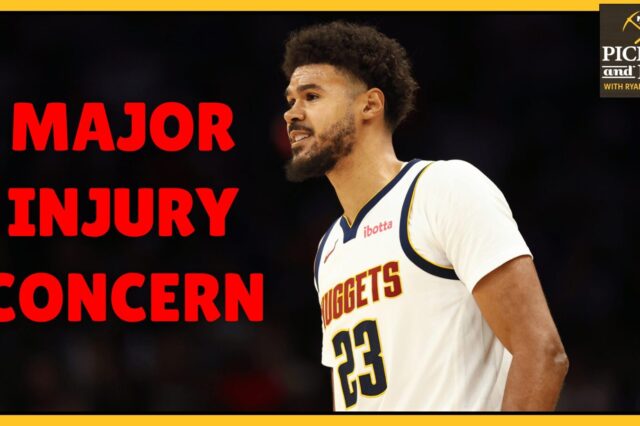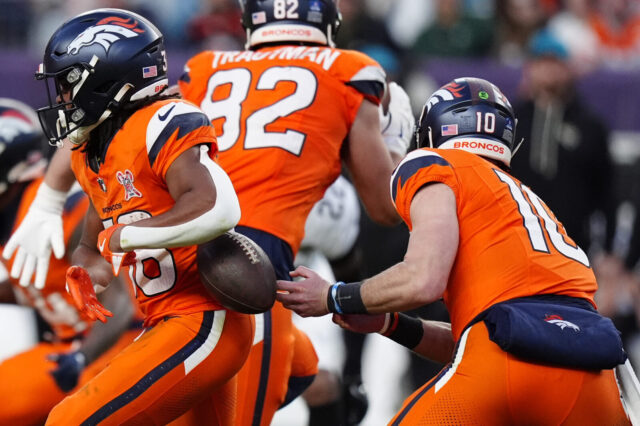“Intimate Partner Abuse (including domestic or dating violence): means any act of violence or 9 threatened act of violence against a person with whom the individual is or has been involved in a sexual or dating relationship. This includes threats, assault, property damage, and violence or threat of violence to one’s self or to the family members of the sexual or romantic partner when used as a method of coercion, control, punishment, intimidation or revenge. This definition includes intimate partner violence, dating violence, and domestic violence.”
If you look up the University of Colorado Office of Institutional Equity and Compliance’s Process and Procedures for 2016-17, this is what you will find under Section G, Letter E.
Despite this, the university, be it head coach Mike MacIntyre, athletic director Rick George or chancellor Philip DiStefano (all of whom are mandatory reporters), did not report Joe Tumpkin’s alleged abuse of an ex-girlfriend to the OIEC when they learned of it.
On Thursday’s edition of the Mile High Sports Radio show he shares with Renaud Notaro, dubbed “The Final Verdict,” Dan Jacobs revealed additional information about CU’s handling of the situation.
“They violated the law,” said Jacobs, who is also a practicing attorney.
DiStefano has asserted that this was a “confusing case.” He has also questioned whether or not the university had jurisdiction. Jacobs doesn’t believe there to be any gray area, that this situation is much more black and white.
“This is very clear, this was a mandatory reporting situation; there was no ambiguity, it’s very clear,” Jacobs said.
Jacobs has spoken at length with the alleged victim in the case. She has shared with him perhaps even more information than she did with Sports Illustrated, before they published a damning report of her side of the story. Studying the case as both a lawyer and a journalist, Jacobs found even more important information. Information that paints the picture of a of gross mishandling and perhaps even a cover-up.
Granted, this is one side of the story. Colorado did not corroborate any other what Jacobs read or what he was told by the alleged victim. Still, it is a story worth telling.
The first important revelation, based on Jacobs’ conversations with the alleged victim, was that the OIEC learned of the allegations from an article in the Boulder Daily Camera.
“The alleged victim in this case, gets a call from CU victim’s assistance, asking if she needs some help or what’s going on?
“She [the alleged victim] says” ‘Well, how did you get my number?’
“She [the girl from victim’s assistance] said: ‘Well, I got it from the OIEC.’
“[Alleged victim]: ‘Well how did they get it, from athletics?’
“[Victim’s assistance]: ‘Well, you’ll have to talk to them.’
“So, she calls up the OIEC…They said ‘no, we have not heard from athletics. We saw the article in the Boulder Daily Camera, so we went to the courthouse and got your information.”
The IOEC would begin the process of starting an investigation. How far they got, is something else altogether.
“A file was opened, according to the victim,” continued Jacobs. “Two investigators were assigned to the case; but once the SI story broke, they immediately get rid of Tumpkin. So, it goes away. The victim is talking to these investigators, and they’re being very evasive. So she says ‘did you even start an investigation?’ And they say: ‘no, there was no investigation.'”
Here is that segment of the show:
Sorry – this audio content is no longer available.
What this illustrates is that the OIEC saw enough merit in the case to seek out the alleged victim’s information before the “powers that be” did.
“That’s disturbing, because in both MacIntyre and Destefano’s releases, they give the impression that they went through the proper channels,” Notaro added. “Without question, they did not go through the proper channels.”
Something else that has come into question based on Jacobs’ conversation with the alleged victim is the timeline of who knew what when. According to the victim, she called MacIntyre on Dec. 15, letting him know that she was planning on talking to the police. He called George, who allegedly called attorney Jon Banashek, who, in turn called the victim back, all within one hour and eight minutes.
The university claimed not to know of the restraining order until the Boulder Daily Camera reported about it at the beginning of January. The victim alleges that that isn’t true.
The temporary restraining order was verbally accepted on the 20th of December; Not the 30th that they have in the statement here,” Jacobs said. “The 20th, 10 days earlier, well in advance of the Alamo Bowl and just four days after Tumpkin was promoted to play-caller.”
It may be true that order wasn’t actually filed until Dec. 30, but if this information is true, then it is likely that the university knew about it beforehand, which runs contrary to what they have stated.
“The university had to have known about it well before then, because they were in communication with the defense attorney,” explained Jacobs.
Listen to the full segment discussing this here:
Sorry – this audio content is no longer available.
Tumpkin has been charged with five felonies and three misdemeanors in the case. Jacobs believes that the alleged victim will come on his show once the legal situation has been resolved.
I encourage you to listen to all of the segments of The Final Verdict from Feb. 16, if you would like to know more. They can be found Sorry – this audio content is no longer available.. Again, it is worth noting Jacobs has not spoken with CU about the situation.



